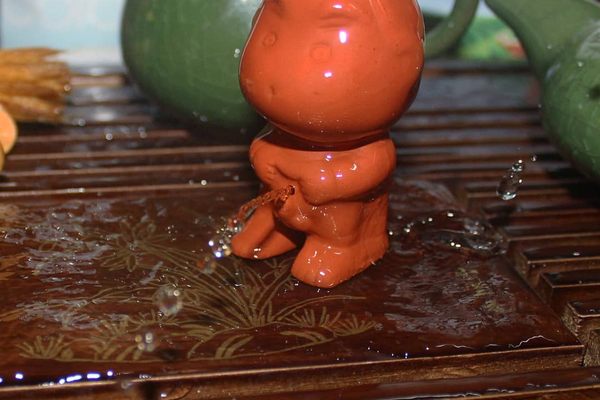The bridal veil stinkhorn, or phalllus indusiatus, has many names. Most of them refer to its delicate, white netting, which looks like a net, veil, or petticoat and descends from the mushroom’s cap to the forest floor. But that’s the only dainty thing about this mushroom. It has a provocative shape (there’s a reason the whole genus is called phallus) and a powerful odor that attracts carrion flies—the type of flies that lay eggs in decomposing flesh. In other words, the bridal veil stinkhorn needs to smell like rotting meat to spreads its spores (via carrion flies) and reproduce.
The bridal veil stinkhorn is found in tropical environments around the world, from the Amazon to Southern China. It can grow up to 25 centimeters tall, and it consists of a brown cap, a hollow shaft, and its distinctive netting. It is one of the rare edible stinkhorns: Others, such as phallus impudicus, are edible only in the egg stage.
They’re not hard to spot on the forest floor with their bright white veils, but their smell makes them even easier to track. Naturalist Phil Torres has described the smell of mature bridal veil stinkhorns as “dead animal mixed with mushroom and garlic.” They were once gathered wild, but are now cultivated for gastronomic and medicinal purposes, especially in China, where stinkhorn is known as zhu sun, or bamboo mushroom. Touted as a remedy for high blood pressure, weight gain, and even dysentery, the bridal veil stinkhorn is used in home cooking and fine dining.
The fungus is dried before use, and its slimy cap discarded. The hollow stem lends itself to being stuffed with meat or vegetables, and it is often added to soups along with other mushrooms. The drying and cooking process negates the smell, and the taste is described as a savory sweetness. The texture is silky and firm, nearly squid-like.
Stinkhorns previously had to be foraged, which made them rare, prohibitively expensive, and found mainly at grand banquets. (Henry Kissinger ate stinkhorn on a historic visit to China in the 1970s.) But cultivation has now lowered the price to around $40 a pound.
Written By
 Anne Ewbank
Anne Ewbank
Sources
- www.bbc.co.uk/nature/life/Phallus_indusiatus
- www.sciencedirect.com/science/article/pii/S0269915X09801791
- blog.perunature.com/the-bridal-veil-mushroom-phallus-indusiatus.html
- www.crcnetbase.com/doi/pdfplus/10.1201/9780203492086.ch18
- blog.mycology.cornell.edu/2015/02/18/an-unlikely-delicacy-the-basket-stinkhorn/














